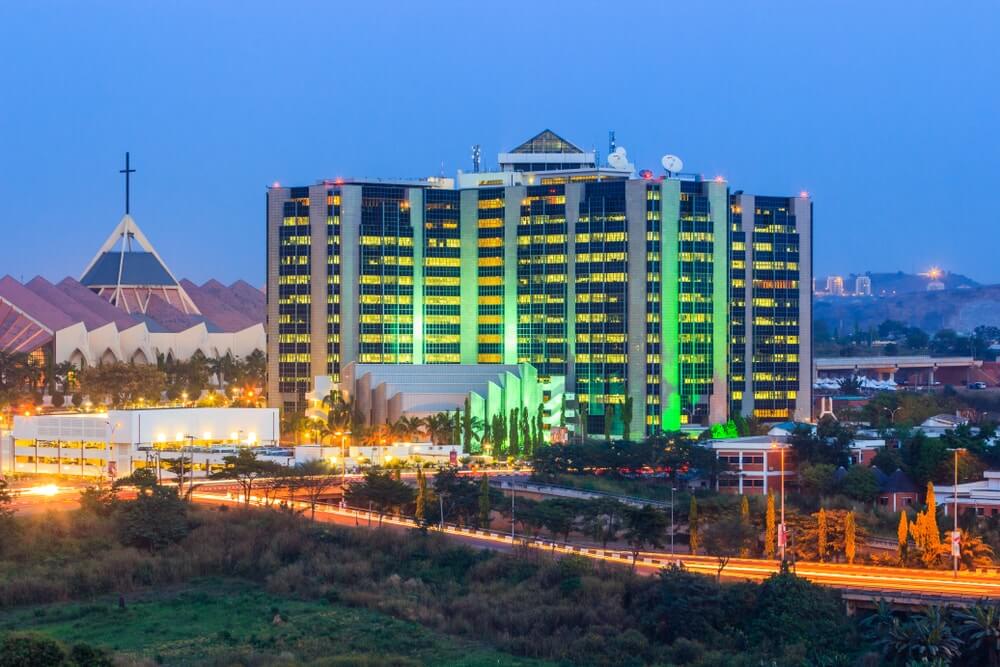
Central Bank of Nigeria (CBN)
In every country, a central bank plays a vital role in preserving its economic functionality and well-being. Not only do they often control currency reserves, directly controlling things such as inflation and deflation, but they also dictate rules. Central banks, more often than not, play a significant role as a regulatory body, controlling other banks. Not only that, but they regularly participate in crafting economic strategies and legislation. Overall, a central bank is, in most cases, one of the most important regulatory bodies in any country.
And today, we’re dealing with one such institution in the Central Bank of Nigeria. The entity started operating in 1959, following the CBN act in 1958 that introduced it. The CBN act itself establishes the Central Bank of Nigeria as a major regulatory body.
It has numerous significant roles, although they mostly fall under the umbrella of usual central bank obligations. For starters, it’s in charge of maintaining and controlling the country’s external reserves, directly impacting currency. As it usually is with central banks, the CBN is a major player for exotic forex traders who trade on the Nigerian naira (NGN). It also has some broader roles, such as promoting monetary stability and maintaining a sound financial environment.
Another significant part of the CBN is that it’s the last resort banker to the federal government. It also acts as a financial advisor so that the last resort situation doesn’t need to happen.
History
The initial idea of the CBN foundation came over ten years before the entity actually formed, in 1948. G.D Paton spearheaded it, as the banking environment in Nigeria was massively unhealthy. A lot of banks ran entirely unregulated, leaving room open for scams. Those could harm individuals inside the country, but they also had the potential to cause broader economic turmoil.
So the colonial administration formed an inquiry to inspect the banking processes inside the country. The report that resulted from the inquiry was one of the key pieces of the country’s original banking legislation. The document came out four years after the initial inquiry and was aimed at stopping unviable banks from spreading. The ordinance would ensure that commercial banking was orderly and reduce the danger of such institutions.
It turns out the idea was fruitful, as the sector experienced massive growth inside the banking sector. However, after that massive growth also came a degree of disappointment, as there were still failures. To stop that a bill was handed to the House of Representatives of Nigeria that would establish the Central Bank of Nigeria.
Some key points since the CBN started operating include:
- 1960 – Bank issues first treasury bills
- 1961 – Bank launches the Lagos Bankers Clearing House
- 1961 – Bank completes issuing all denominations of new Nigerian currency
Leadership Structure
The CBN has a few major positions, and its control is mostly centralized to those that hold them. That’s unlike most central banks that elect to have a broader government-like structure to create more stability.
Two positions are currently held by the same person, as Mr. Godwin Emefiele is both the bank’s Chief Executive and Indigenous Governor. Emefiele replaced Mallam Sanusi Lamido Sanusi as the chef, as the latter’s time in position ran out on June 1st. After achieving the position, Emefiele held a presentation titled Entrenching Macroeconomic Stability And Engendering Economic Development in Nigeria.
The other vital role we mentioned just a moment ago is The Director of Currency operations. Mrs. Priscilla Ekwere Eleje is the person currently in charge of maintaining healthy currency practices. Eleje is also the first woman in the history of the CBN to hold that position.




